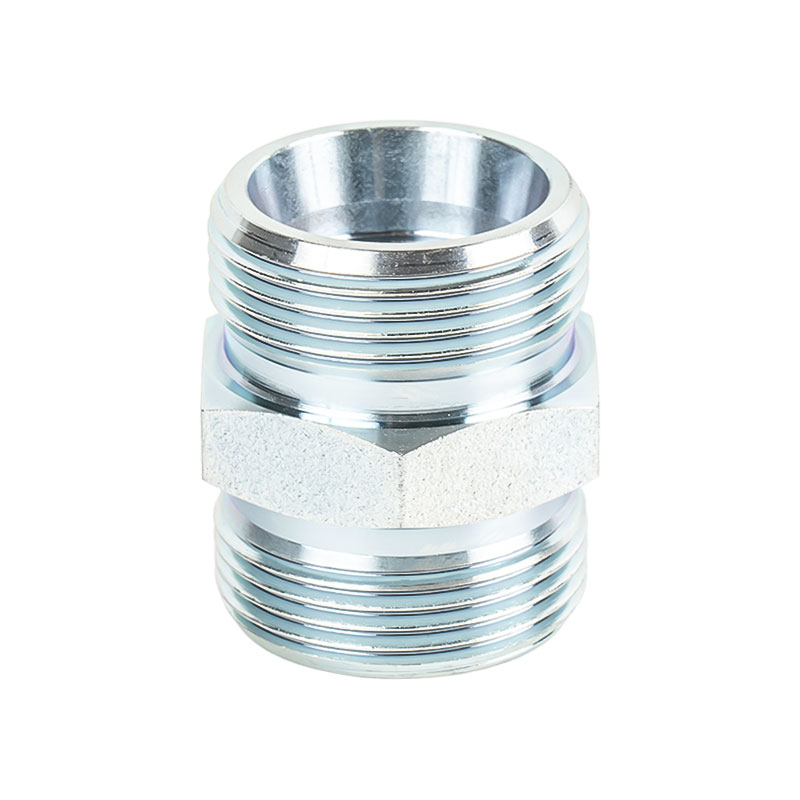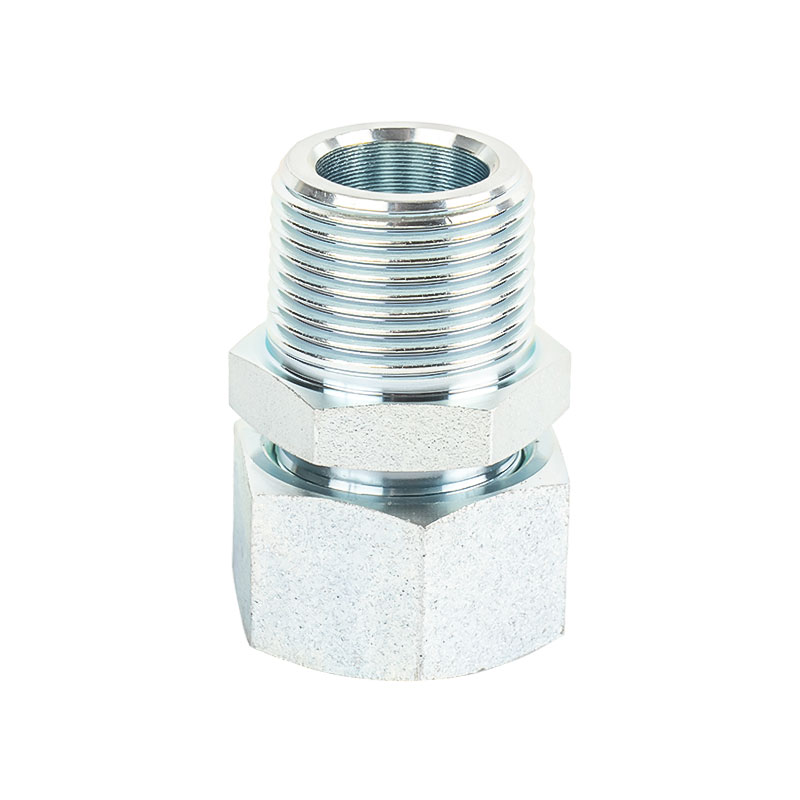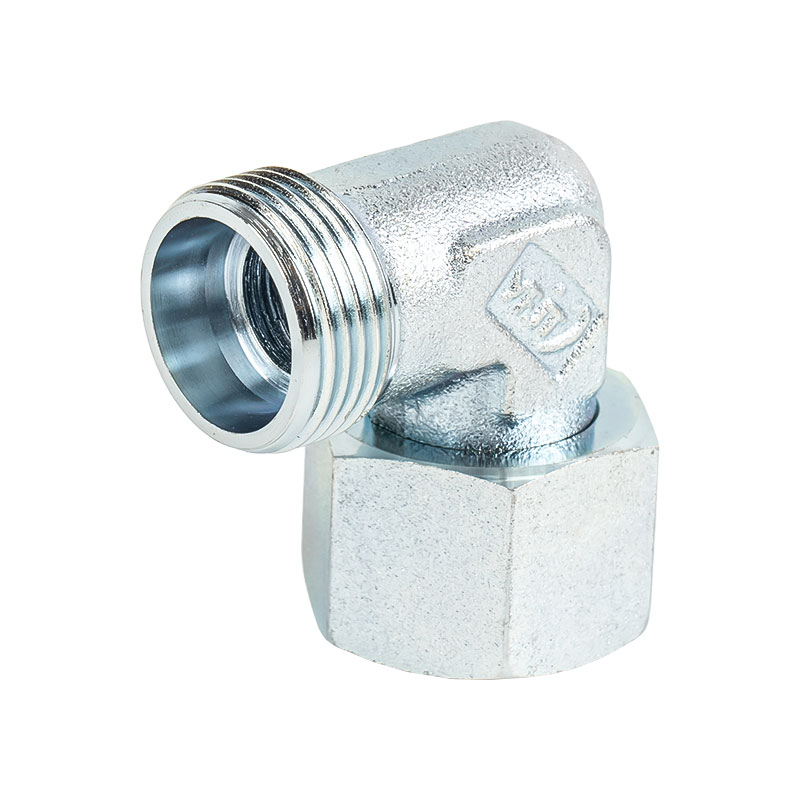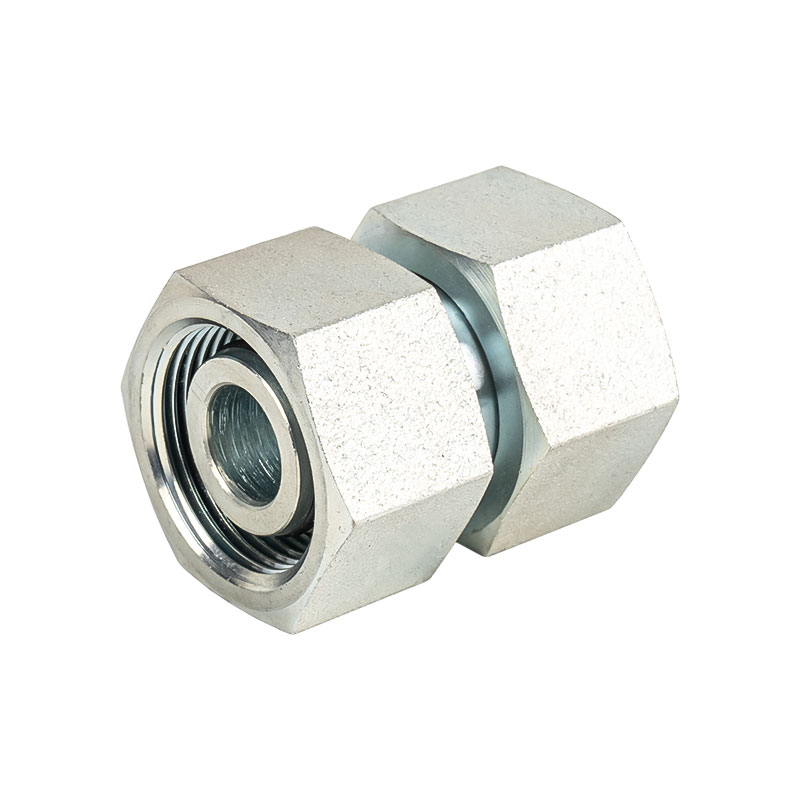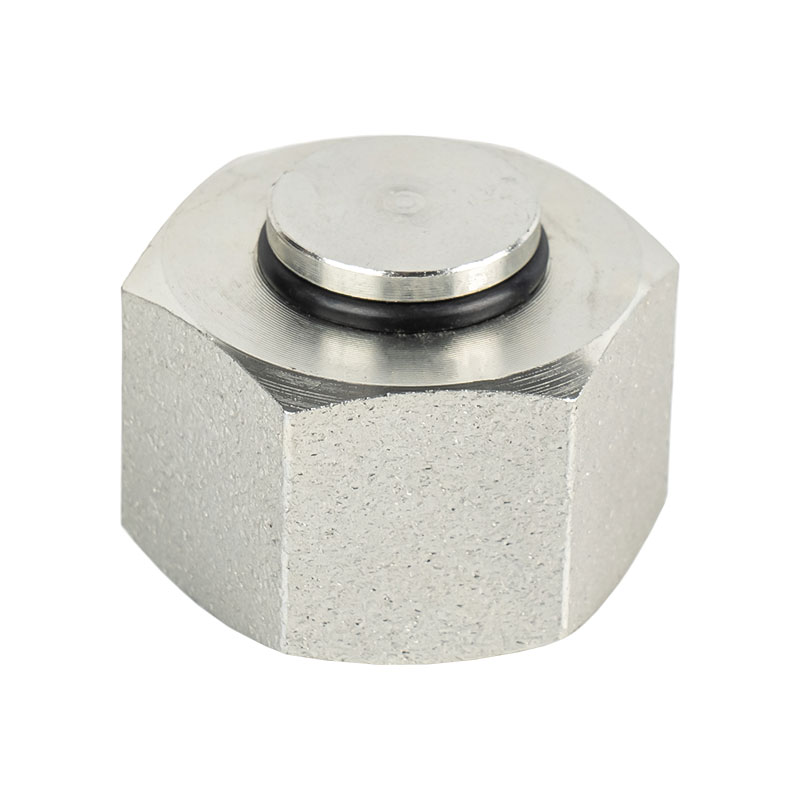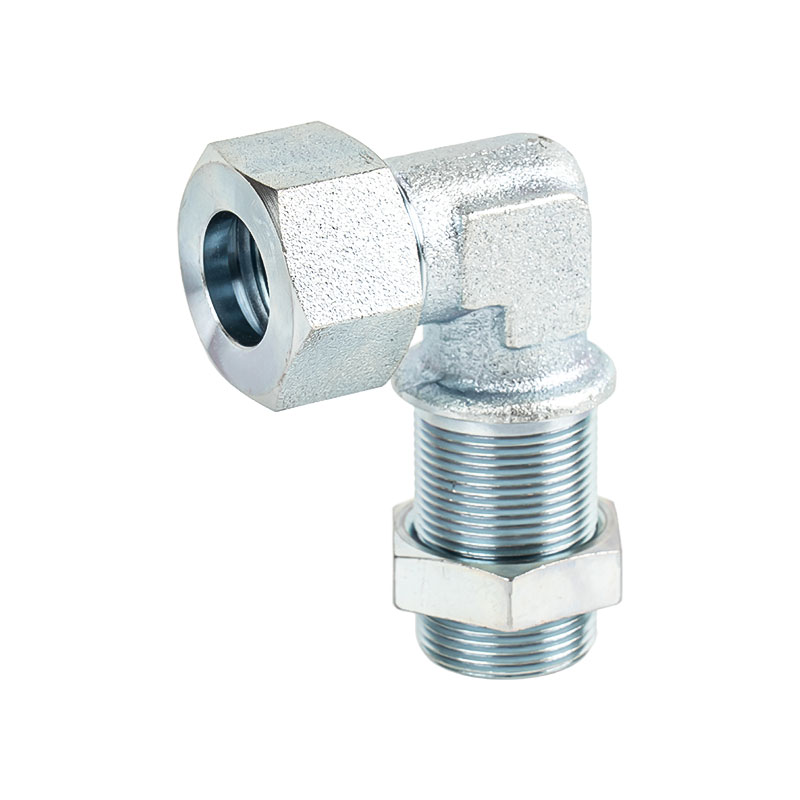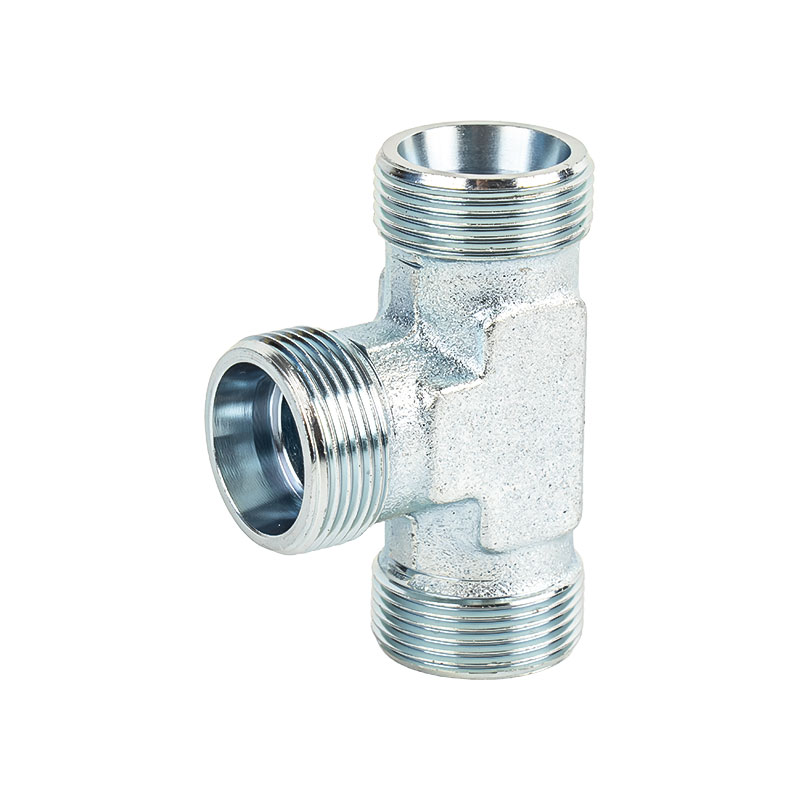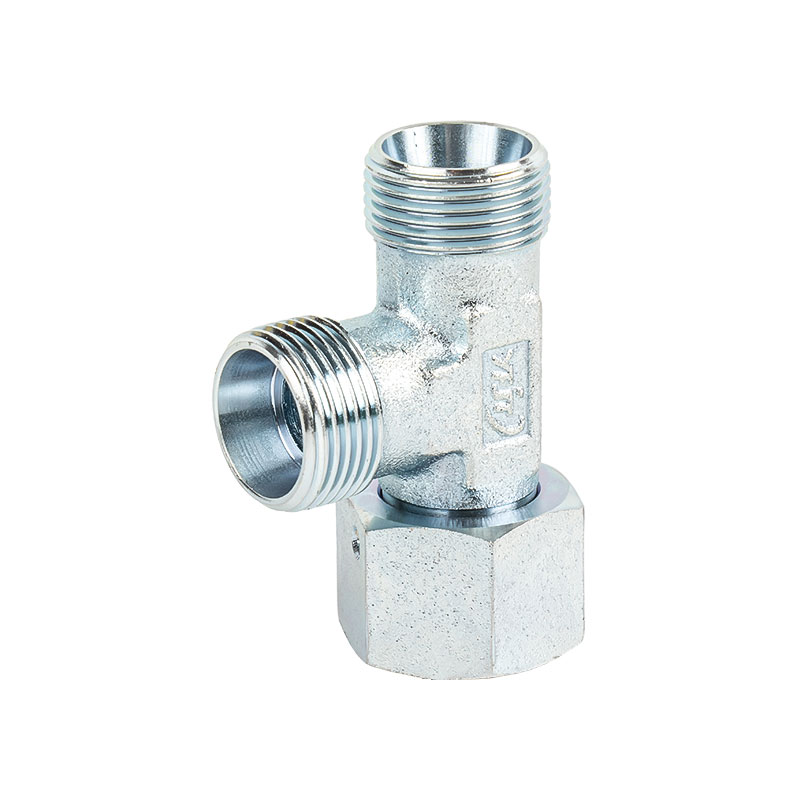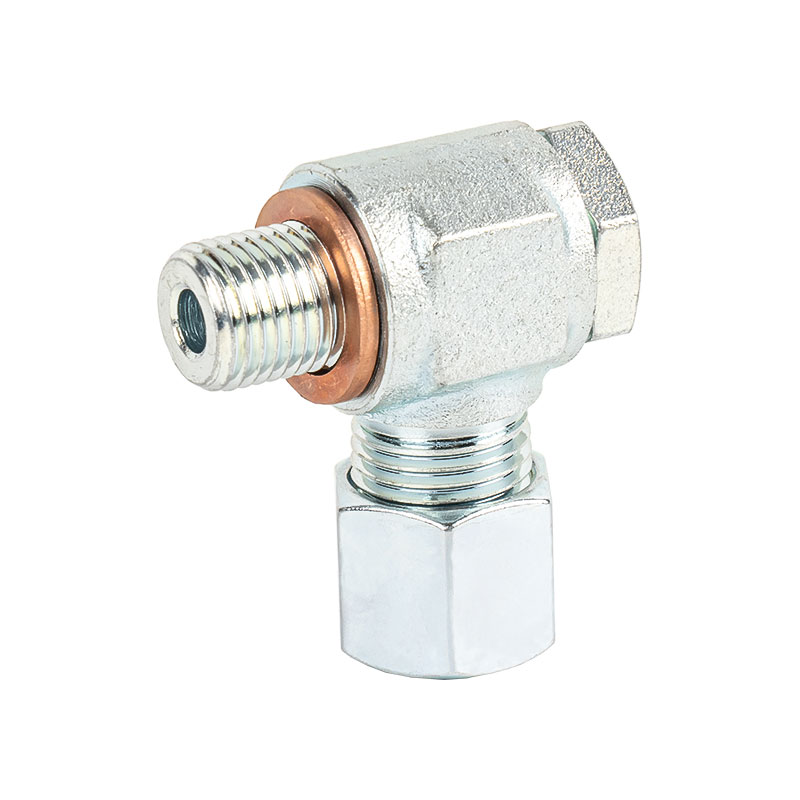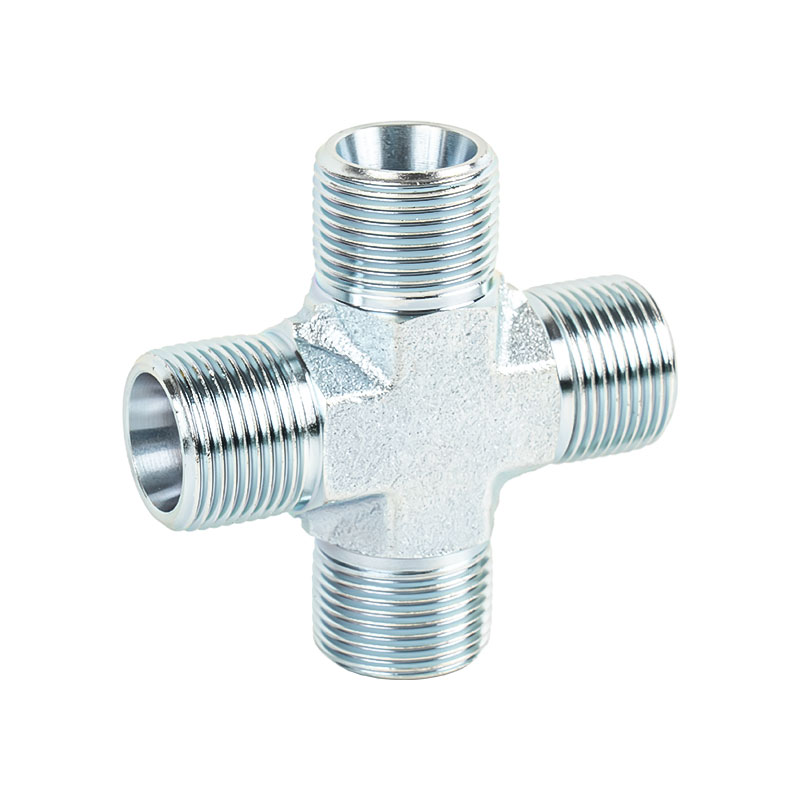Introduction to BSP Fittings
BSP (British Standard Pipe) fittings are widely used in hydraulic, pneumatic, and fluid transport systems due to their standardized threads and reliable sealing properties. They are commonly applied in industrial machinery, pipelines, and various fluid control systems. While BSP fittings are designed for durability, long-term use can introduce specific challenges and potential failure modes that need to be addressed to maintain system integrity.
Thread Wear and Damage
One of the common failure modes in BSP fittings is thread wear or damage. Repeated assembly and disassembly can lead to gradual degradation of the male and female threads, reducing the ability to form a tight seal. Over-tightening during installation or maintenance can also strip threads, leading to leaks. The material of the fitting and the torque applied during installation significantly influence the rate of thread wear, making proper handling and assembly techniques important for long-term performance.
Corrosion and Material Degradation
Corrosion is another factor that can affect BSP fittings, particularly when used in environments with moisture, chemical exposure, or high humidity. Metal fittings such as brass or stainless steel may resist corrosion to varying degrees, but long-term exposure can still result in pitting or surface degradation. Plastic BSP fittings may be susceptible to UV damage, chemical attack, or cracking over time. Proper material selection based on the operating environment is essential to reduce the risk of corrosion and material degradation.
Leakage Due to Seal Failure
BSP fittings often rely on thread sealing techniques such as PTFE tape or thread sealants. Over time, these sealing materials can deteriorate, leading to leaks. Factors such as thermal cycling, vibration, and pressure fluctuations can accelerate the wear of thread sealants. In high-pressure or high-temperature systems, repeated stress on seals may compromise their integrity. Regular inspection and replacement of sealing materials help maintain leak-free connections in long-term use.
Fatigue from Vibration and Pressure Cycles
In dynamic systems where BSP fittings are subjected to frequent pressure fluctuations or mechanical vibration, material fatigue can occur. Repeated stress cycles can weaken the fitting structure, potentially leading to cracks or fractures. This type of failure is often observed in industrial machinery or fluid systems with pumps and compressors. Using fittings with adequate pressure ratings and ensuring proper support to minimize vibration exposure can mitigate fatigue-related issues.
Over-Tightening and Mechanical Stress
Over-tightening during installation is a common cause of BSP fitting failure. Excessive torque can deform the threads, create micro-cracks, or stress the fitting body, especially in softer metals such as brass. Mechanical stress may also occur when fittings are installed in misaligned pipelines or subjected to bending forces. Ensuring proper alignment, torque control, and adherence to manufacturer specifications reduces the risk of mechanical stress and structural damage.
Temperature and Pressure Effects
BSP fittings can be affected by long-term exposure to extreme temperatures or pressure conditions. Thermal expansion and contraction can loosen threaded connections or cause micro-leaks over time. Similarly, operating near the upper pressure limit of a fitting can gradually weaken the material. Selecting fittings with appropriate temperature and pressure ratings, and monitoring operating conditions, helps maintain stability and performance over extended use.
Contamination and Abrasion
Contaminants such as dust, sand, or fluid impurities can affect the threads and sealing surfaces of BSP fittings. Abrasive particles can scratch the threads, degrade sealing materials, and accelerate wear. In hydraulic systems, fluid contamination can also impact fitting integrity and lead to leakage. Regular system filtration, cleaning, and inspection of BSP fittings contribute to long-term reliability by minimizing the effects of contamination.
Common BSP Fitting Failures and Causes
| Failure Type | Cause |
|---|---|
| Thread Wear or Damage | Repeated assembly, over-tightening, improper torque, and material softness. |
| Corrosion | Exposure to moisture, chemicals, high humidity, or UV light for plastic fittings. |
| Seal Degradation | Thermal cycling, vibration, pressure fluctuations, or aging of PTFE tape/thread sealant. |
| Fatigue | Repeated pressure cycles or mechanical vibration causing cracks or fractures. |
| Mechanical Stress | Over-tightening, misalignment, bending forces, or improper installation. |
| Temperature and Pressure Effects | Operating near extreme temperatures or maximum pressure limits causing loosening or micro-leaks. |
| Contamination and Abrasion | Dust, sand, or fluid impurities damaging threads and seals. |
Maintenance and Inspection Practices
To minimize failures, BSP fittings should undergo regular inspection and maintenance. Checking for signs of wear, corrosion, leaks, and seal integrity is critical. Proper cleaning and lubrication, when applicable, can extend service life. Replacing worn or damaged fittings before complete failure occurs prevents system downtime and ensures continued operational safety and efficiency. Documenting inspection schedules and maintaining records of maintenance activities can also help predict and prevent recurring issues.
Material and Design Considerations
Selecting the right material and design for BSP fittings is crucial for long-term reliability. Stainless steel and coated metals are preferred for corrosive environments, while plastic variants may be suitable for non-abrasive and low-temperature applications. Choosing fittings with suitable pressure and temperature ratings reduces the likelihood of failure. Additionally, considering thread types, tolerances, and reinforcement in high-stress areas can enhance the performance of BSP fittings over extended periods.

 中文简体
中文简体